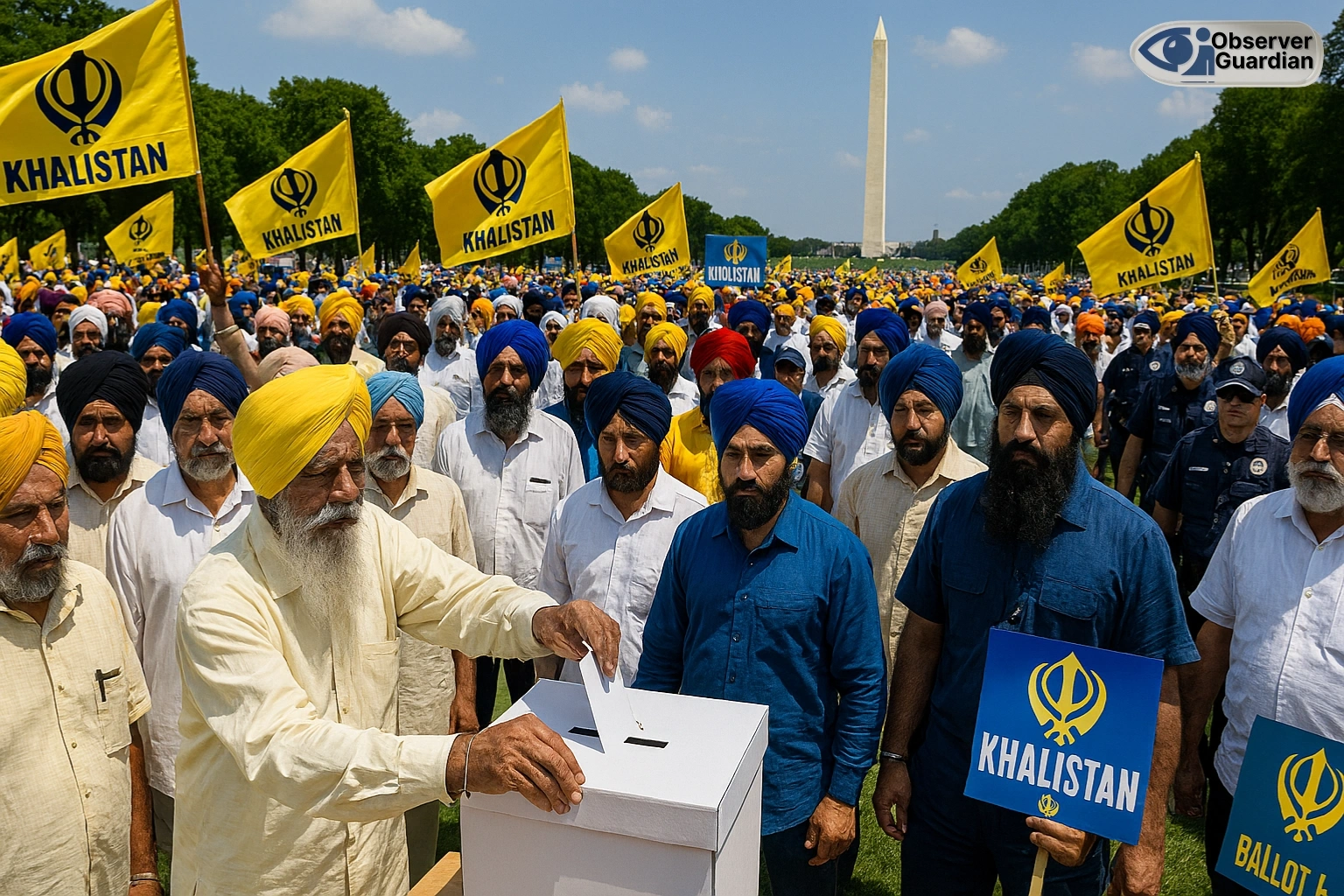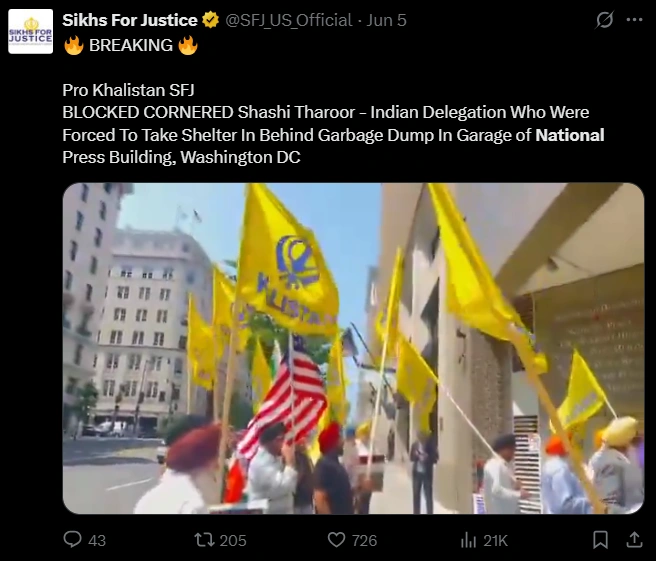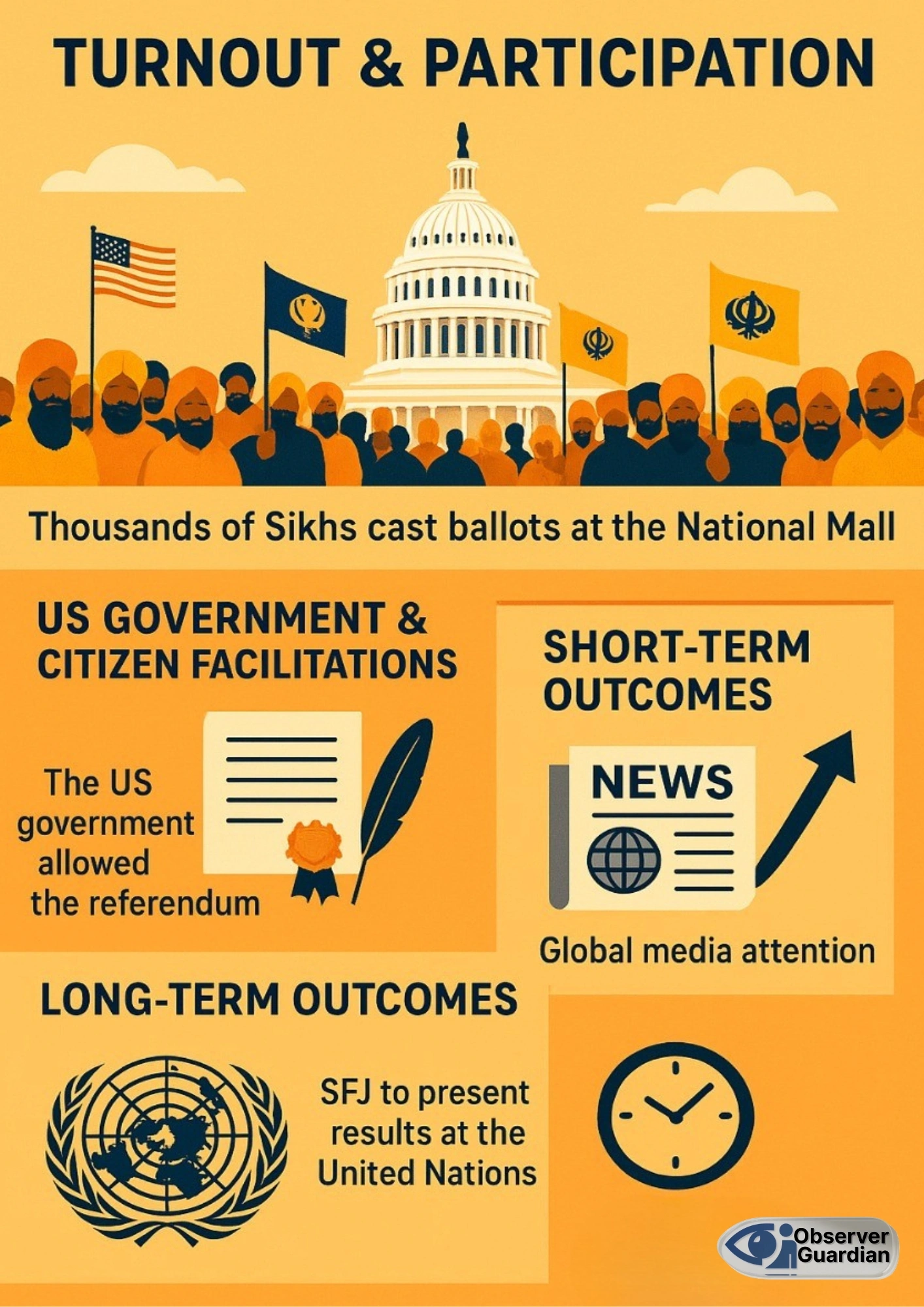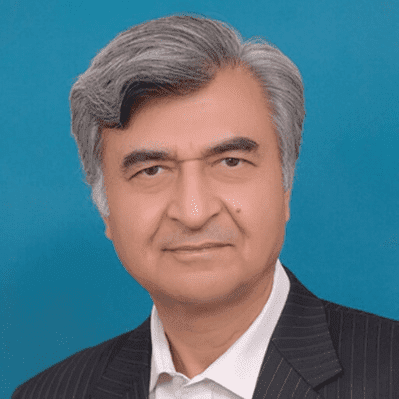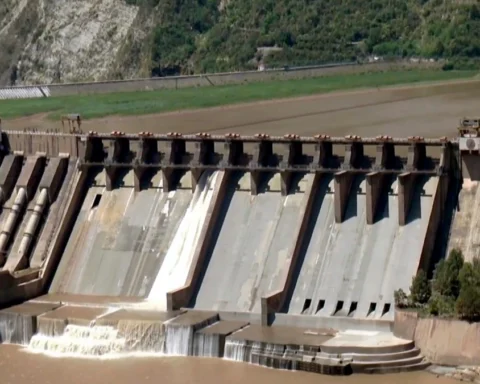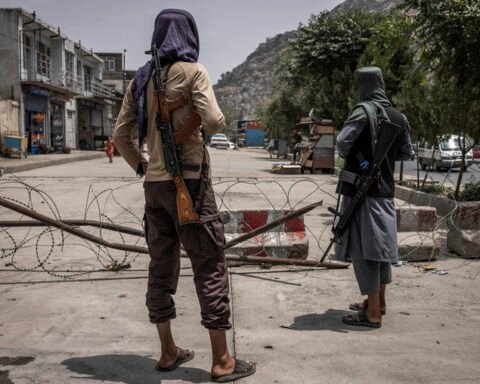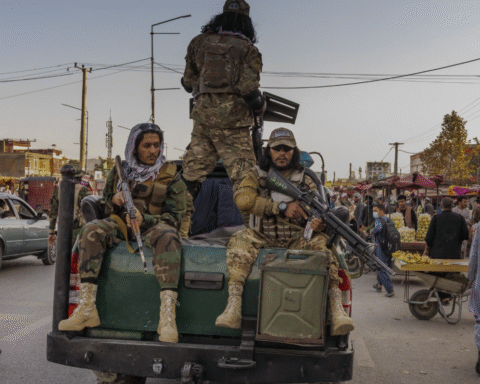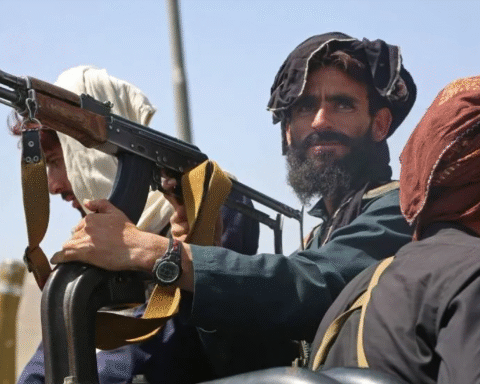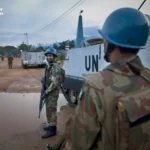The Khalistan Referendum on August 17, 2025, was a turning point in the Sikh movement for independence. In this referendum, a simple issue of Sikhs, “Should Indian governed Punjab is an independent country?” brought them together from across the globe. The referendum, which was scheduled by Sikhs for Justice (SFJ), did not only express its motive but also highlighted the Khalistan demand of its voice in politics. It also disclosed India’s widespread suppression for Sikhs. This incident revealed that Khalistan is a dynamic global movement rather than something that is forgotten.
Historical Context of Khalistan
The Khalistan movement developed from years of violence by the state in India. India launched an operation named, “Operation Blue Star“ in 1984 to attack the Golden Temple. During this military operation, thousands of Sikhs were killed which sparked a civil war. Following this rebellion approach, nearly 30,000 people were killed in government funded anti Sikh movement. India used forced disappearances and extrajudicial executions to put an end to the revolts by the 1990s. The overseas communities of Sikhs, however, sustained the flame. They developed political activism in place of weapons with them. They grounded their struggle on the UN’s ideals of freedom of choice. On this basis, Sikhs launched a worldwide referendum initiative in eight nations between 2021 and 2025. Their step of voting indicates the turning point from armed struggle to the balloting.
Khalistan Referendum in Washington DC
A vibrant presentation of Sikh democracy and its opposition was observed in the National Mall. Almost more than 12,000 Sikhs from Australia, Canada, the UK, and India queued to cast their ballots. It represented unity among generations.
Media termed this whole scene as a “huge show of support for Khalistan”. A Sikh prayer known as “Ardas” opened the ceremony, and they chanted the slogans of “Long Live Trump, Long Live America” to express gratitude to the U S
They show their expression of gratitude for protecting their freedom of speech in the form of billboards close to Trump’s Mar-a-Lago home. The Punjab Referendum Commission (PRC) ensured openness there throughout the process in the presence of military teams for transparency. The presence of non-Sikh experts to audit voting gave the referendum authenticity and legality.
The Role of the US in Hosting Referendum
Washington DC played a major role in handling Indian threats during the Khalistan referendum. President Donald Trump defined the referendum as a legitimate practice of First Amendment rights in his personal letter to SFJ attorney Gurpatwant Singh Pannun. He guaranteed security for participants and transparency of elections. Following the Justice Department’s 2024 revelation of India’s murder plan against Pannun, U S security agents retained an eye on the scene. Federal charges highlight RAW official Vikash Yadav and hitman Nikhil Gupta as India’s agent in international terrorism. In the meantime, media platforms like YouTube, and X used America’s powerful free speech laws to oppose Indian efforts against the voting process. So, the United States not only allowed but also actively protected Sikh democratic speech in Washington DC.
Response of India Towards Referendum
The Khalistan referendum was a diplomatic nightmare for India. New Delhi adopted warnings, disinformation, and confidential measures to make it unsuccessful. However, these attempts failed. In 2025, Canada’s RCMP (Royal Canadian Mounted Police) captured Indian agents. These agents were involved in the murder of Sikh activist Hardeep Singh Nijjar in 2023. Similarly, ASIO (Australian Security Intelligence Organization) also disclosed the spy network of RAW in Australia. All these scandals regarding Indian agents highlight its use of violence across the borders. India demanded from western courts the handling of Sikh activists. But it denied to hand over them on the grounds of political motivations and falsified evidence. Also, International media criticized India’s duplicity in favoring Palestinians the right to self determination but refusing Sikhs the same privilege. The Nation wrote, “India’s democratic facade cracked under global scrutiny,” in its latest version. All the facts and events in Indian history worsened its governmental issue.
Response of International Organizations Towards Referendum
International law provides validity to the Khalistan referendum. According to SFJ, self determination is a universal right under Article 1 of the UN Charter and the ICCPR. Despite India’s allegation that these referendums as “terrorism,” no UN state has made them illegal.
With 25 million members, the Sikh diaspora became a powerful diplomatic force. The Canadian government also denounced the killing of Nijjar. RAW agents were expelled from Australia. All these actions highlighted the readiness of democratic nations to hold India responsible.
In 2026, SFJ has planned to file a petition with the UN General Assembly and compile the results of worldwide referendums. All these indicators demonstrate that Punjab’s dilemma can no longer be dismissed and reflects East Timor’s journey towards independence.
From Battlefields to Ballot Boxes
The Khalistan referendum was a significant step for the clearance of Khalistan movement’s goal. It is now a part of the democratic sphere of voting and no longer relies on violent fighting. In the 1990s, important figures such as Gurmit Singh Aulakh utilized legislative efforts to persuade US senators. The path is now more wide, strategic, and successful. Instead of employing force, Punjab is seeking self-determination via diplomacy.
The Khalistan referendum was not just a vote. But it was a strategic event that highlighted India’s waning dominance over the Sikh story. Now that spies have been revealed, Modi’s administration is in a trouble.
Moreover, India’s censorship efforts have also been disregarded. Khalistan is no longer just a dream for Sikhs now. It has become a reality. The Sikh community has made it possible on the basis of their struggle and referendum efforts. From the battlefield to the voting booth, the Khalistan movement has transformed its identity.
Disclaimer: The views and opinions expressed in this article are exclusively those of the author and do not reflect the official stance, policies, or perspectives of the Platform.


